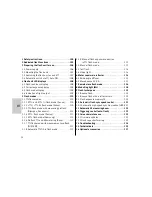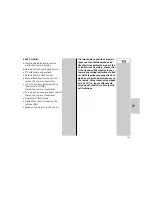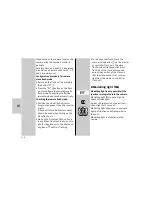
+
110
5 Flash modes
Depending on camera type different TTL
flash modes, manual mode and remote
slave mode are available.
Flash mode can be configured via the
appropriate TTL, M or SL button.
5.1 TTL flash modes
In TTL modes, excellent flash exposure
is straight-forward. In TTL mode, flash
metering is taken care of by a sensor in
the camera. It measures reflected light
through the lens (TTL).
This enables the camera to automati-
cally determine the flash output requi-
red for correct exposure of the shot.
The benefit of TTL flash modes is that
all factors which could influence the
exposure (filters, changes to aperture
and focal length for zoom objectives,
extensions for close-ups etc.) are auto-
matically taken into account through
flash light adjustment.
If the shot is correctly lit, the button
will light up red for 3 seconds (see
4.2).
+
M
TTL
LED
SL
5.1.1 E-TTL- and E-TTL-II - flash mode
(Canon)
E-TTL and E-TTL-II flash modes are digi-
tal flash modes based on the further
development of the TTL flash mode for
analogue cameras.
5.1.2 i-TTL / i-TTL-BL flash mode
(Nikon)
The i-TTL flash mode is supported by
CLS-compatible Nikon cameras.
The i-TTL-BL flash mode are only sup-
ported by
CLS-compatible cameras if lenses are
used that transmit distance data to the
camera
(for example, "D-AF Nikkor lens").
The i-TTL-BL flash is only possible in a
0° reflector position.
When shooting this data is taken into
consideration in addition in adjusting
the flash exposure.
Some cameras do not support the BL
function in combination with SPOT
exposure metering! In these cases, the
normal i-TTL flash mode is set.
+
+
k
Содержание mecablitz 44AF-2 digital
Страница 129: ...129 k ...
Страница 195: ...195 c ...
















































